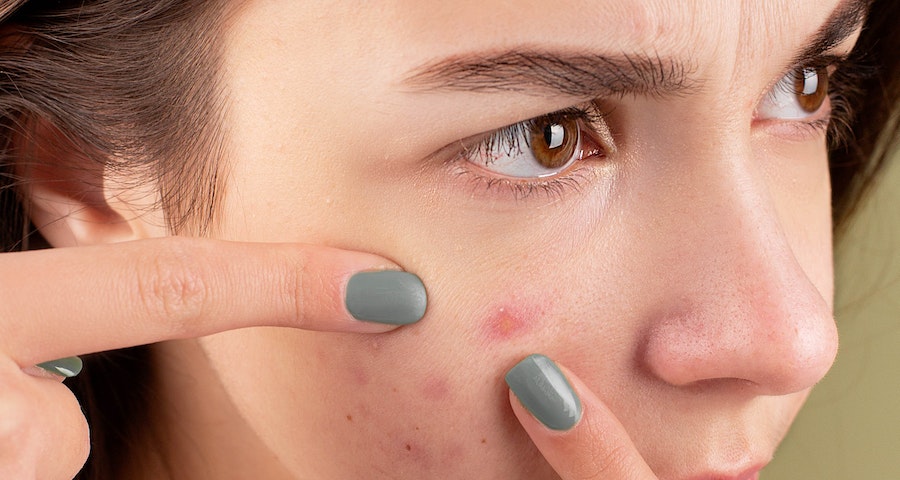
We all know that acne can be incredibly frustrating to deal with. But what about cystic acne – the most severe type of acne that affects millions of people all over the world? This skin condition is not only painful but also leaves deep scars that can be emotionally devastating. But don’t worry, there is hope. In this post, we’ll discuss everything you need to know about cystic acne, including its causes, symptoms, and treatment options.
Contents
What is cystic acne?
Cystic acne is a severe form of acne that results from an inflammation of the hair follicles and oil glands in the skin. The blockage of hair follicles and overproduction of oil lead to the formation of cysts under the skin. These cysts are often big, pus-filled, and tender to touch. Cystic acne can appear anywhere on the body, but it’s most common on the face, neck, and back.
What causes cystic acne?
Cystic acne is typically caused by several factors, including hormonal imbalances, genetics, lifestyle choices, and environmental factors. Androgens, a type of male hormones that both men and women produce, stimulate the oil glands and increase oil production, causing cystic acne. Genetics also play a crucial role in the development of cystic acne. If one or both of your parents had severe acne, there’s a high chance you will, too.
What are the symptoms of cystic acne?
Cystic acne is easily recognizable and distinguishable from other types of acne. Some of the symptoms of cystic acne include the appearance of large, painful cysts, blackheads, and pus-filled nodules. The most common symptoms of cystic acne are red, swollen, and tender to the touch. The inflammation and severity of the acne can also lead to scarring and hyperpigmentation.
How is cystic acne treated?
There are several treatment options available for cystic acne. However, treatment is often challenging and requires patience and consistency. The first line of treatment usually involves topical or oral medications such as isotretinoin, antibiotics, and hormonal therapy. These medications work by regulating the production of oil and bacteria that cause inflammation. Another treatment option for cystic acne is light therapy, which uses lasers or specific light wavelengths to kill bacteria and reduce inflammation. Acne surgery is also an option, which involves extracting large cysts or nodules and performing incisions and drainages.
Conclusion
Cystic acne is a common but severe form of acne that can be emotionally and physically painful. But it’s crucial to remember that there are several treatment options available that can help you manage your symptoms and prevent scarring. If you’re struggling with cystic acne, speak to your dermatologist about developing a treatment plan that’s tailored to your specific needs. Remember, with consistency and patience, you can manage your cystic acne and regain your confidence.
